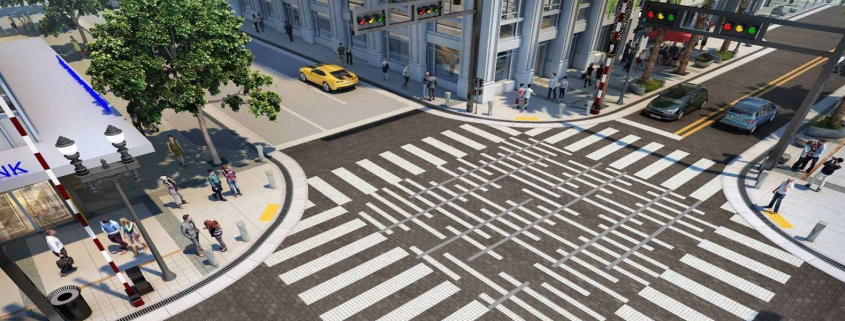The proposal calls for a much more pedestrian-friendly design. The “curbless” cobblestone street would place car traffic and pedestrians at the same level, separated by bollards and landscaping
On-street parking would be mostly removed in favor of wider sidewalks, with more room for restaurant seating and other amenities.
The presentation was obtained by The Next Miami from Miami’s Downtown Development Authority. Directors voted in February to stop ongoing construction work that had been in planning since at least 2011, in order to consider implementing the new plan.
The new plan would cost an additional $6 million and 36-42 months to build. Funding for the current project comes from the city, county, DDA and stakeholders in the area, but county funding may be at risk if the project is delayed, according to Miami Today.
Source: The Next Miami



